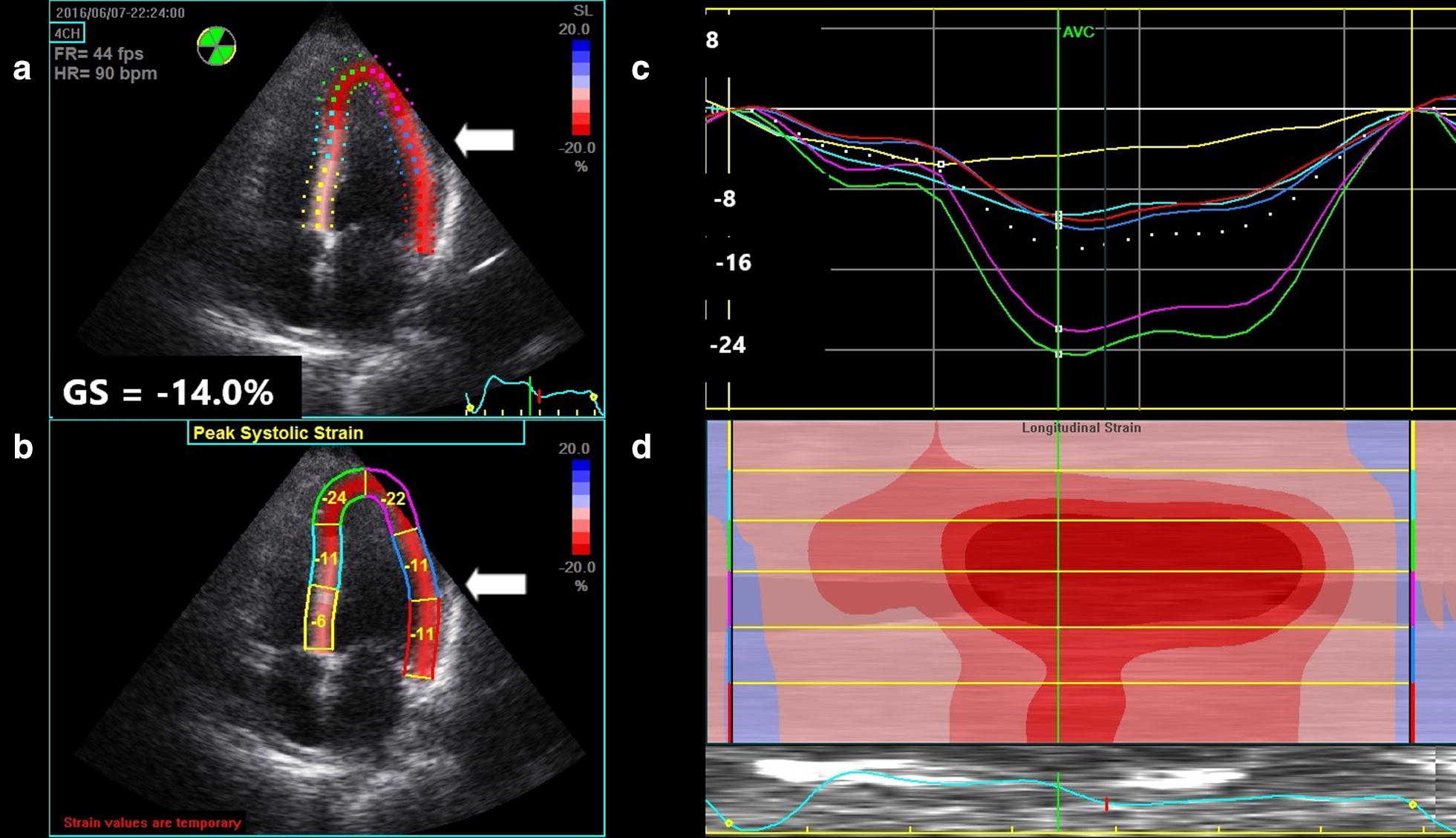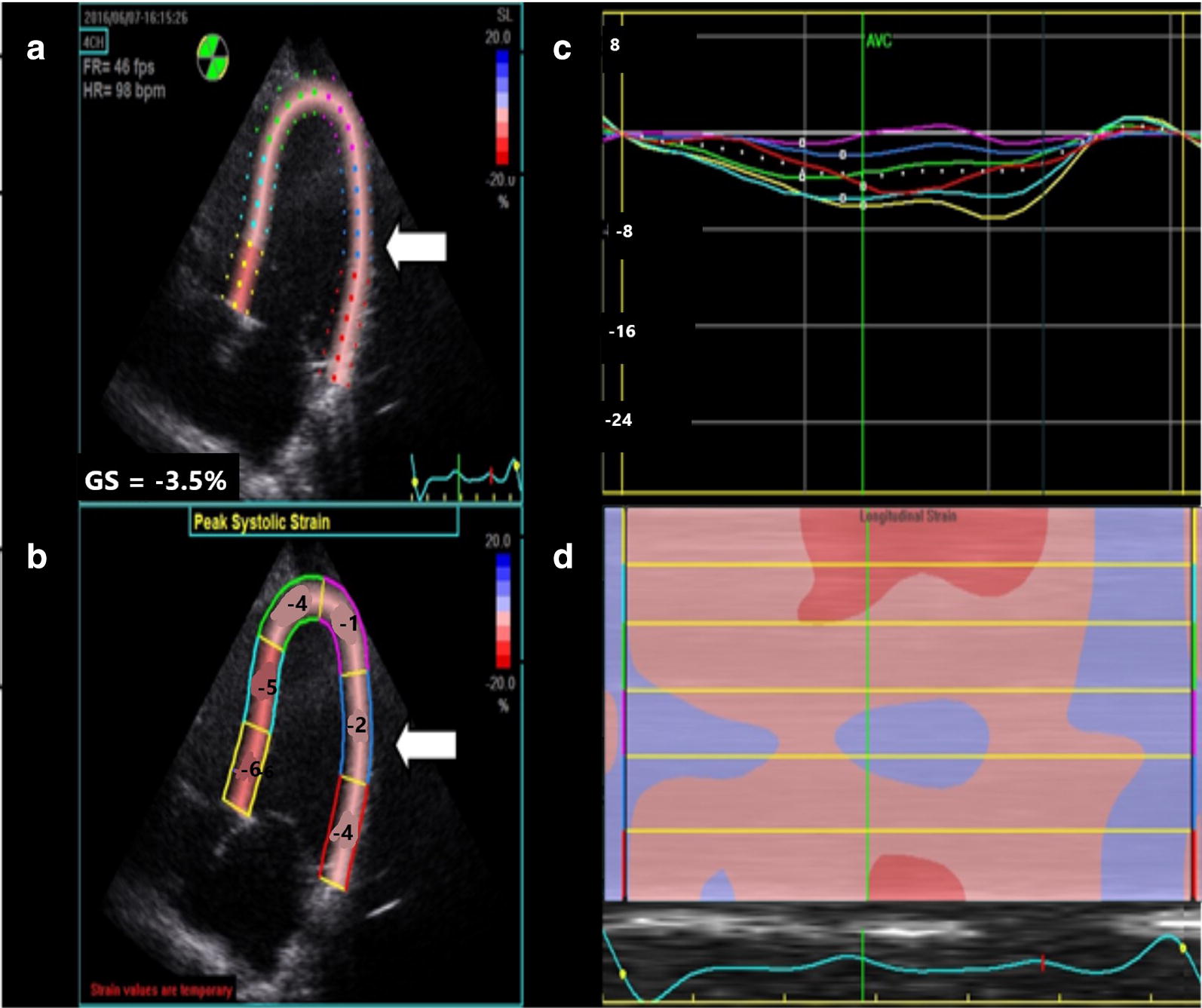Strain analysis for the identification of hypertensive cardiac end-organ damage in the emergency department.
IF 3.6
Q1 RADIOLOGY, NUCLEAR MEDICINE & MEDICAL IMAGING
引用次数: 0
Abstract
Hypertensive emergency is a life-threatening state. End-organ damage affecting the heart accounts for up to 52% of hypertensive emergencies commonly encountered in the emergency department. Recent evidence indicates that strain echocardiography with computerized speckle-tracking is more sensitive at identifying hypertension induced changes in the left ventricle (LV) mechanical function than traditional 2-D echocardiography. We present a case demonstrating the use of emergency physician performed point-of-care strain echocardiography to identify and quantify LV mechanical dysfunction during a hypertensive crisis and to monitor improvement over 6 h.


应变分析在急诊科鉴别高血压心脏终末器官损伤中的应用。
高血压急症是一种危及生命的状态。影响心脏的终末器官损伤占急诊科常见的高血压急诊的52%。最近的证据表明,与传统的二维超声心动图相比,计算机斑点跟踪应变超声心动图在识别高血压引起的左心室(LV)机械功能变化方面更敏感。我们报告了一个案例,展示了使用急诊医师执行的即时应变超声心动图来识别和量化高血压危象期间的左室机械功能障碍,并监测6小时内的改善情况。
本文章由计算机程序翻译,如有差异,请以英文原文为准。
求助全文
约1分钟内获得全文
求助全文
来源期刊

Critical Ultrasound Journal
RADIOLOGY, NUCLEAR MEDICINE & MEDICAL IMAGING-
自引率
0.00%
发文量
0
审稿时长
13 weeks
 求助内容:
求助内容: 应助结果提醒方式:
应助结果提醒方式:


